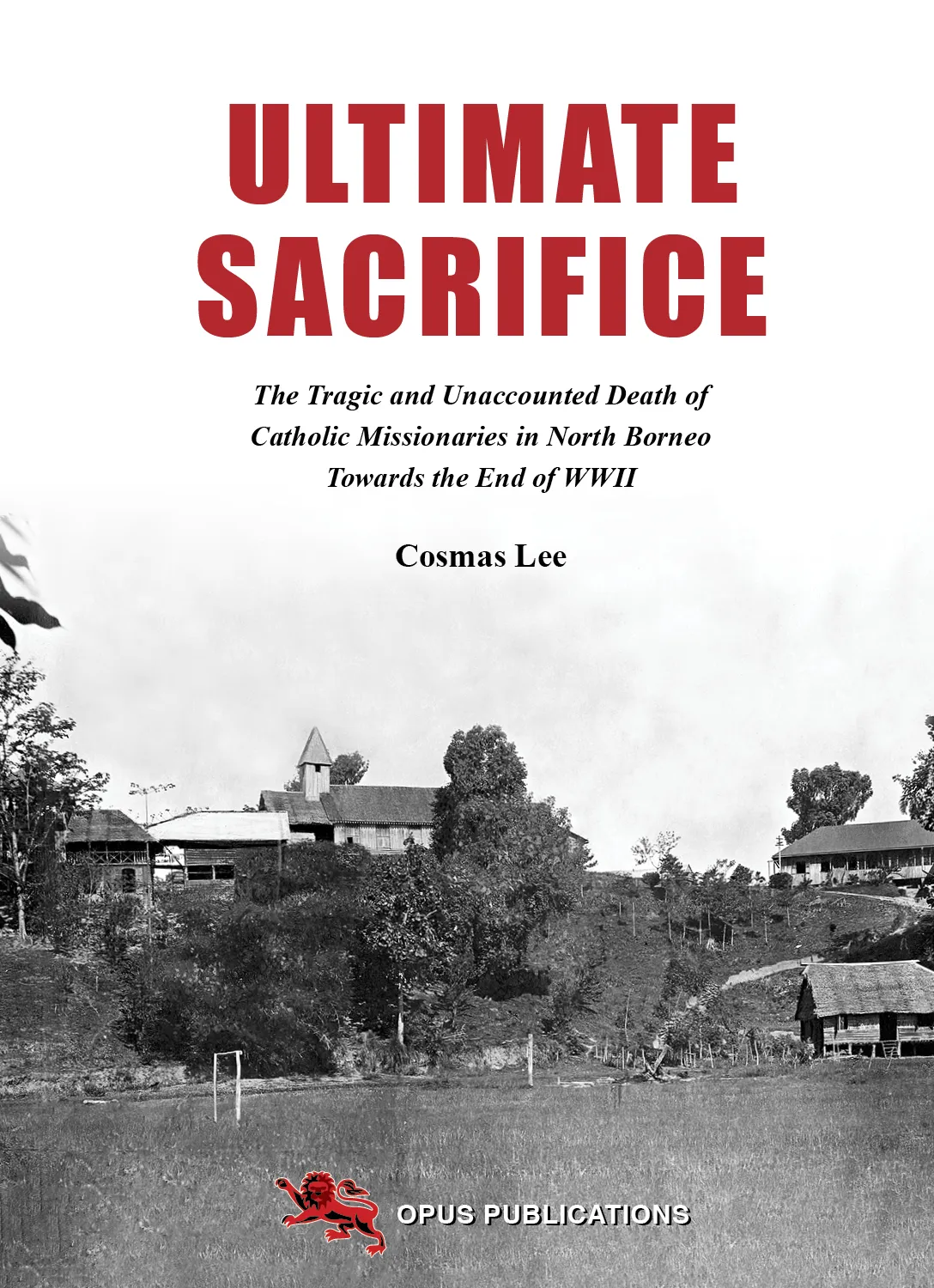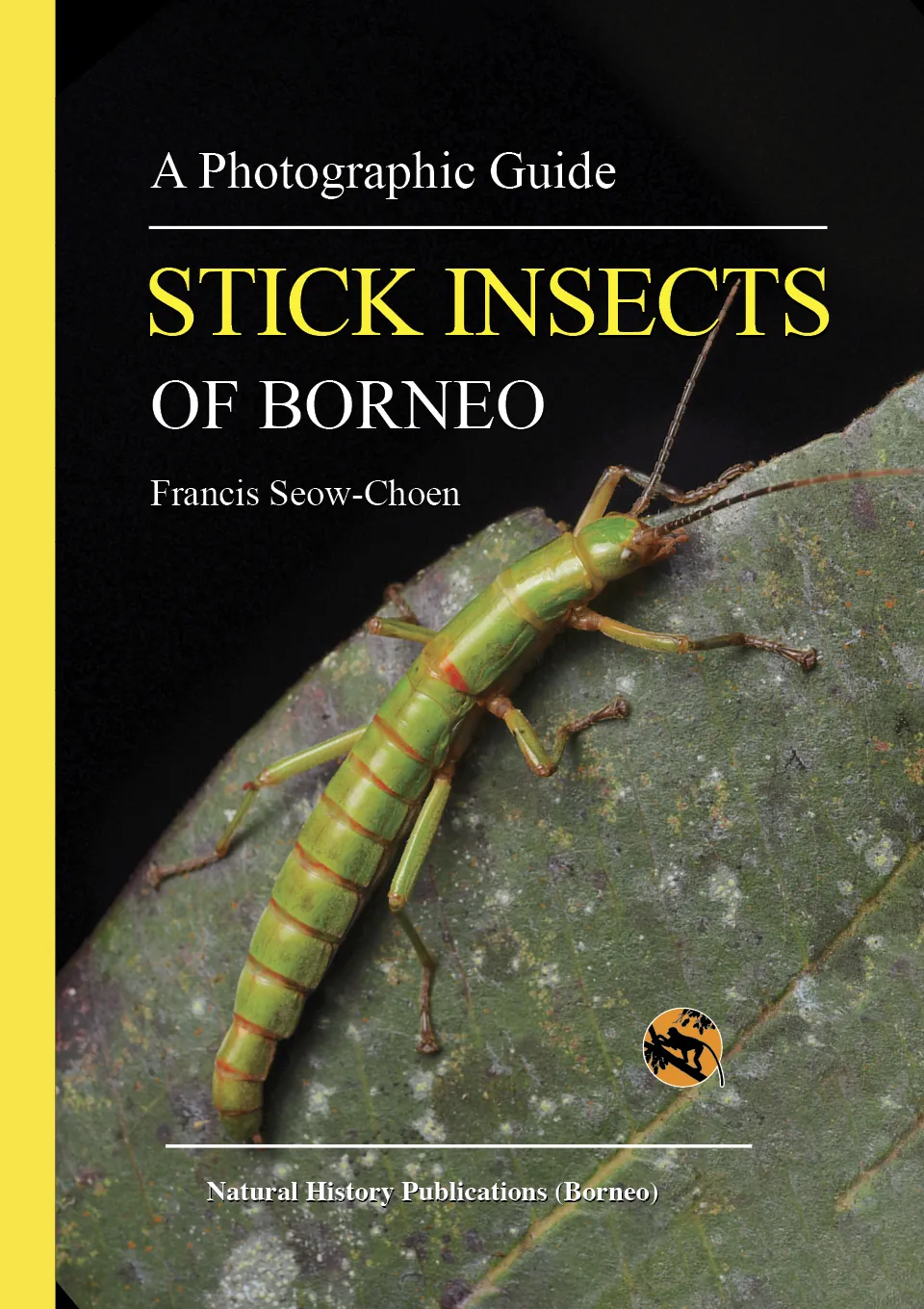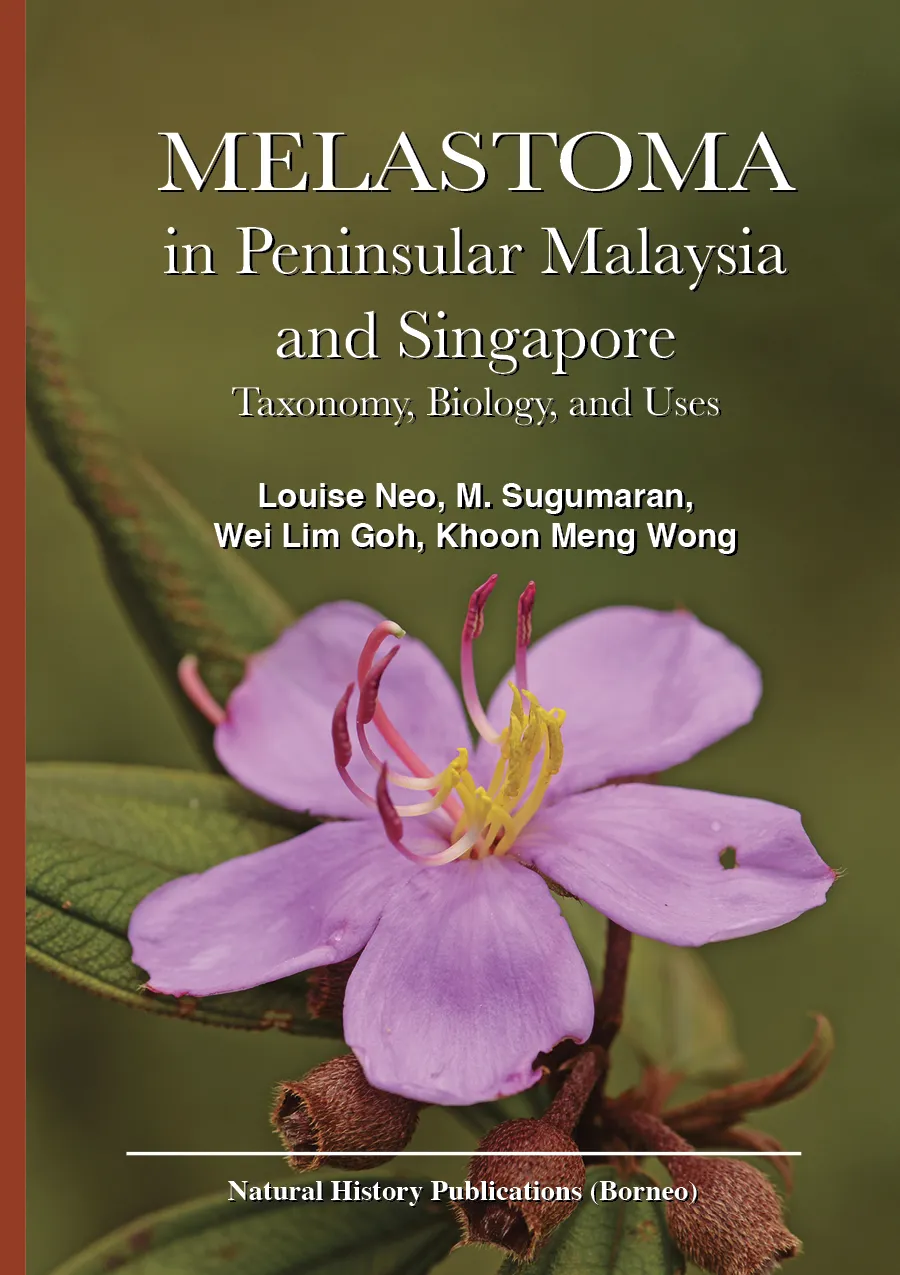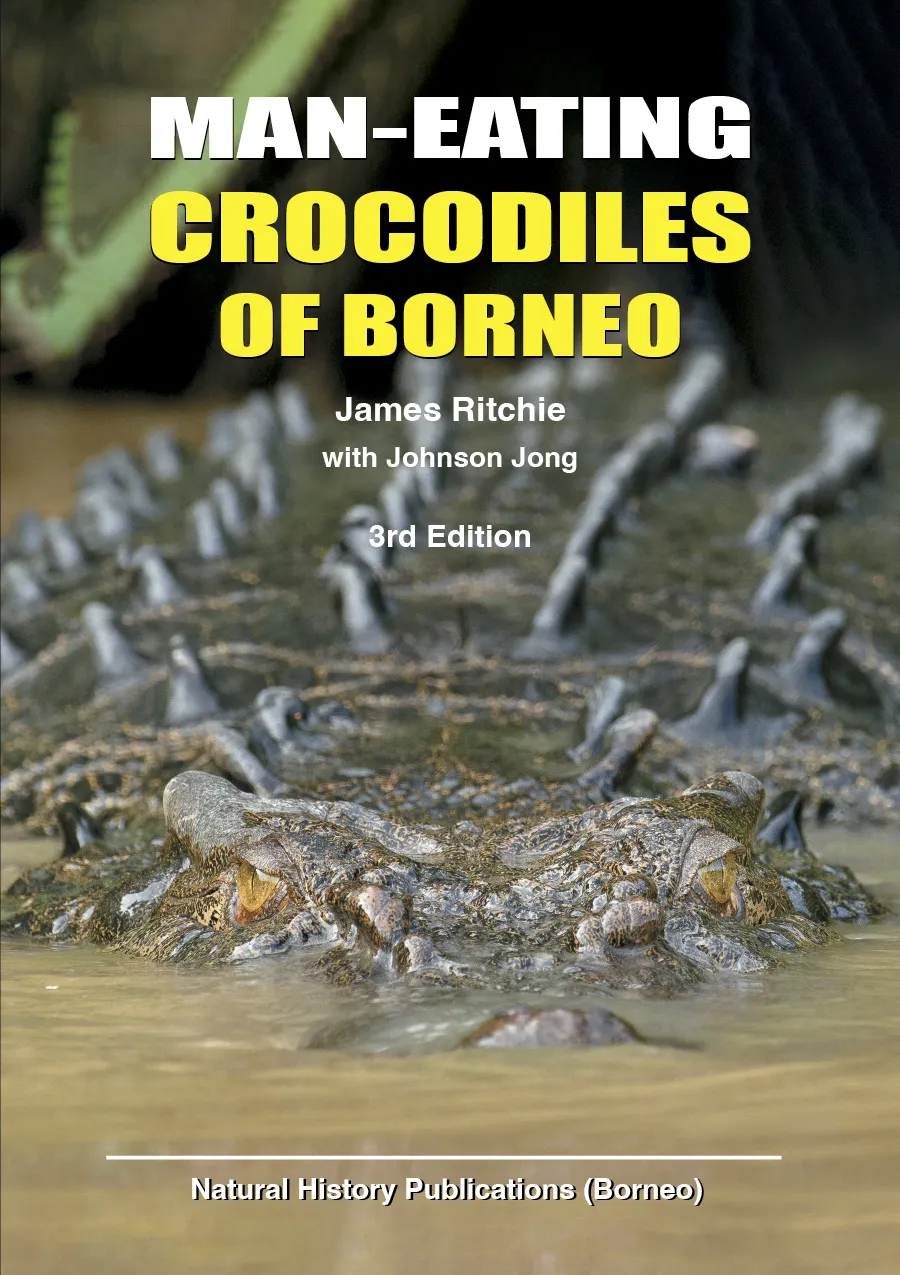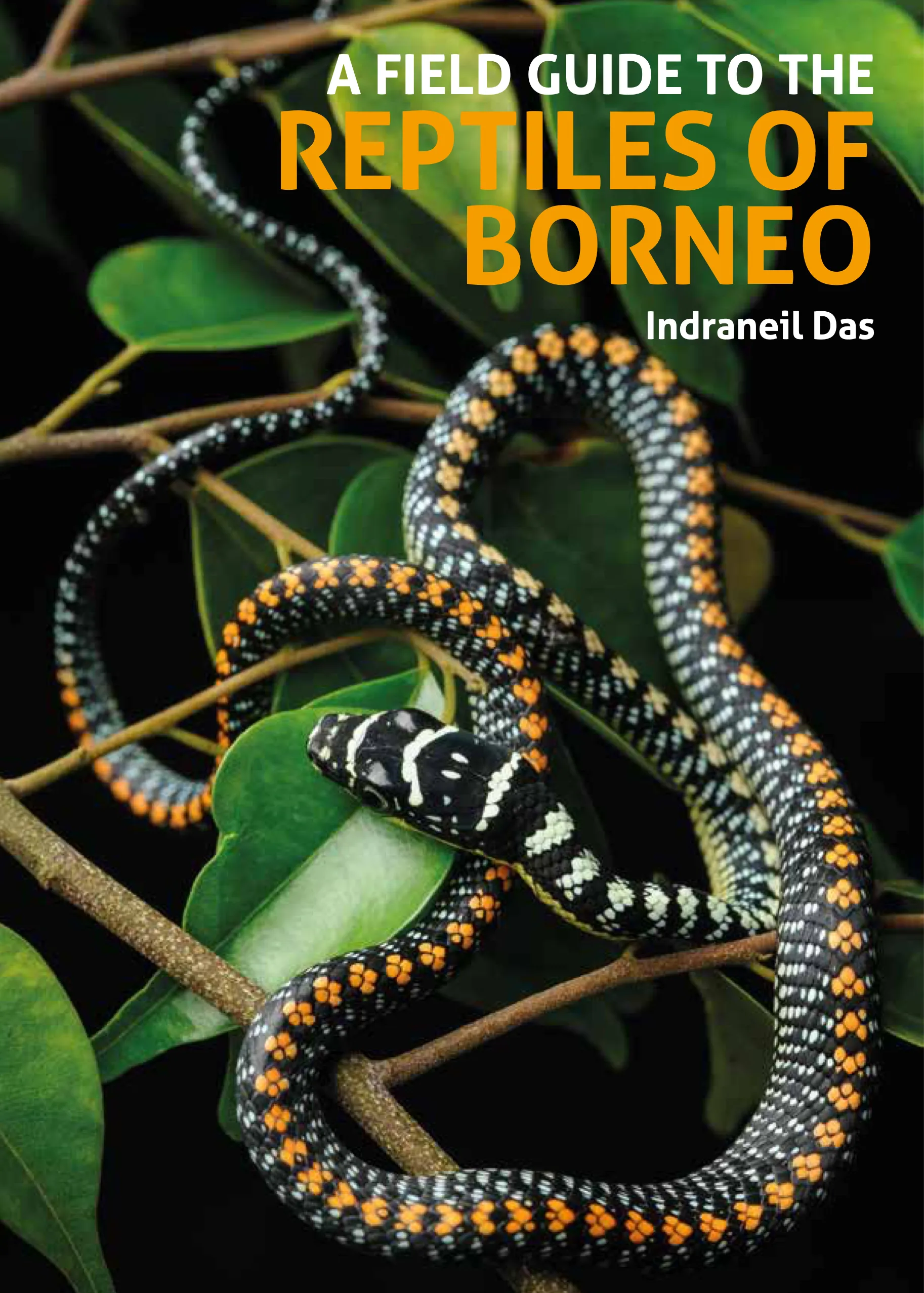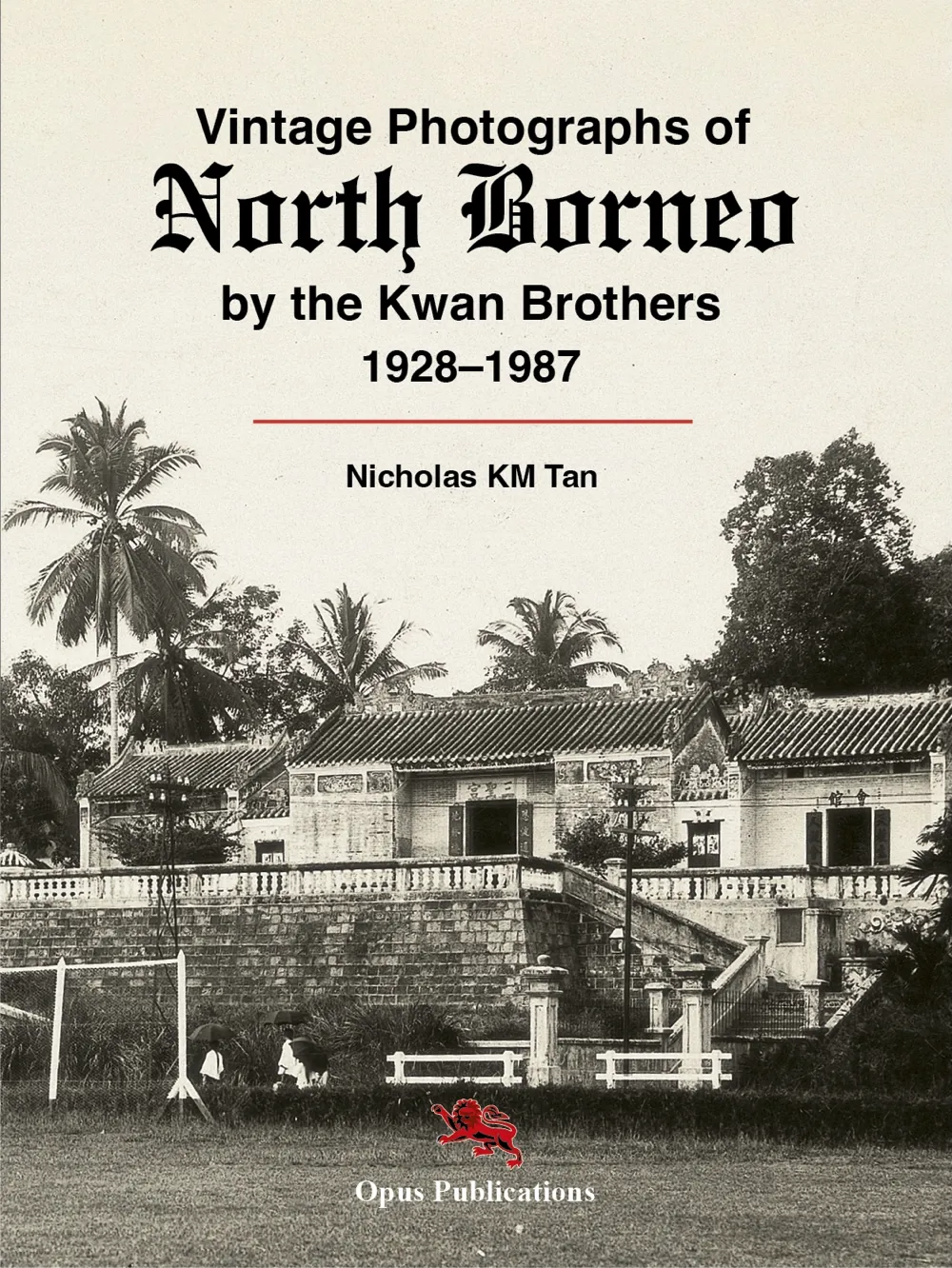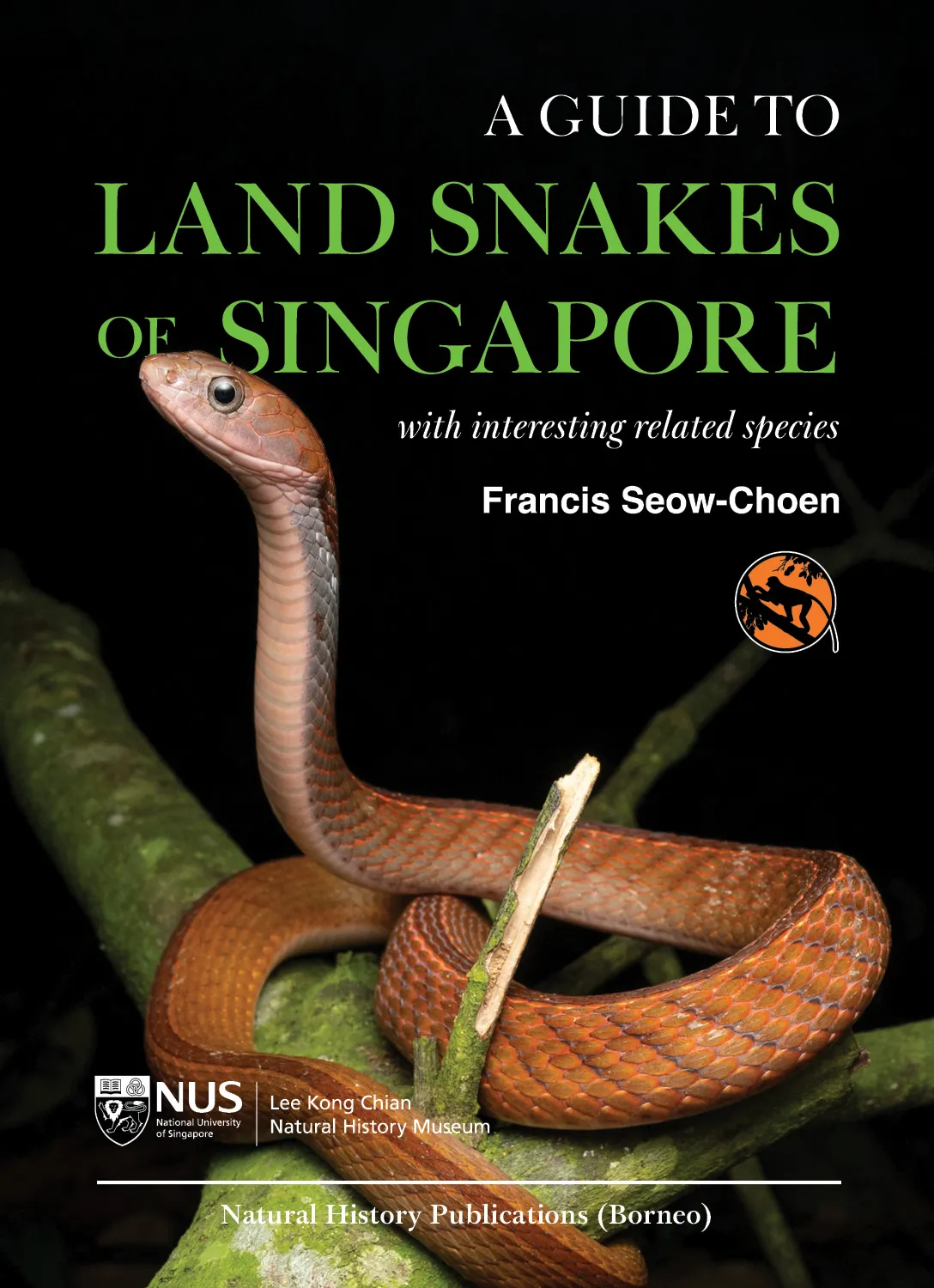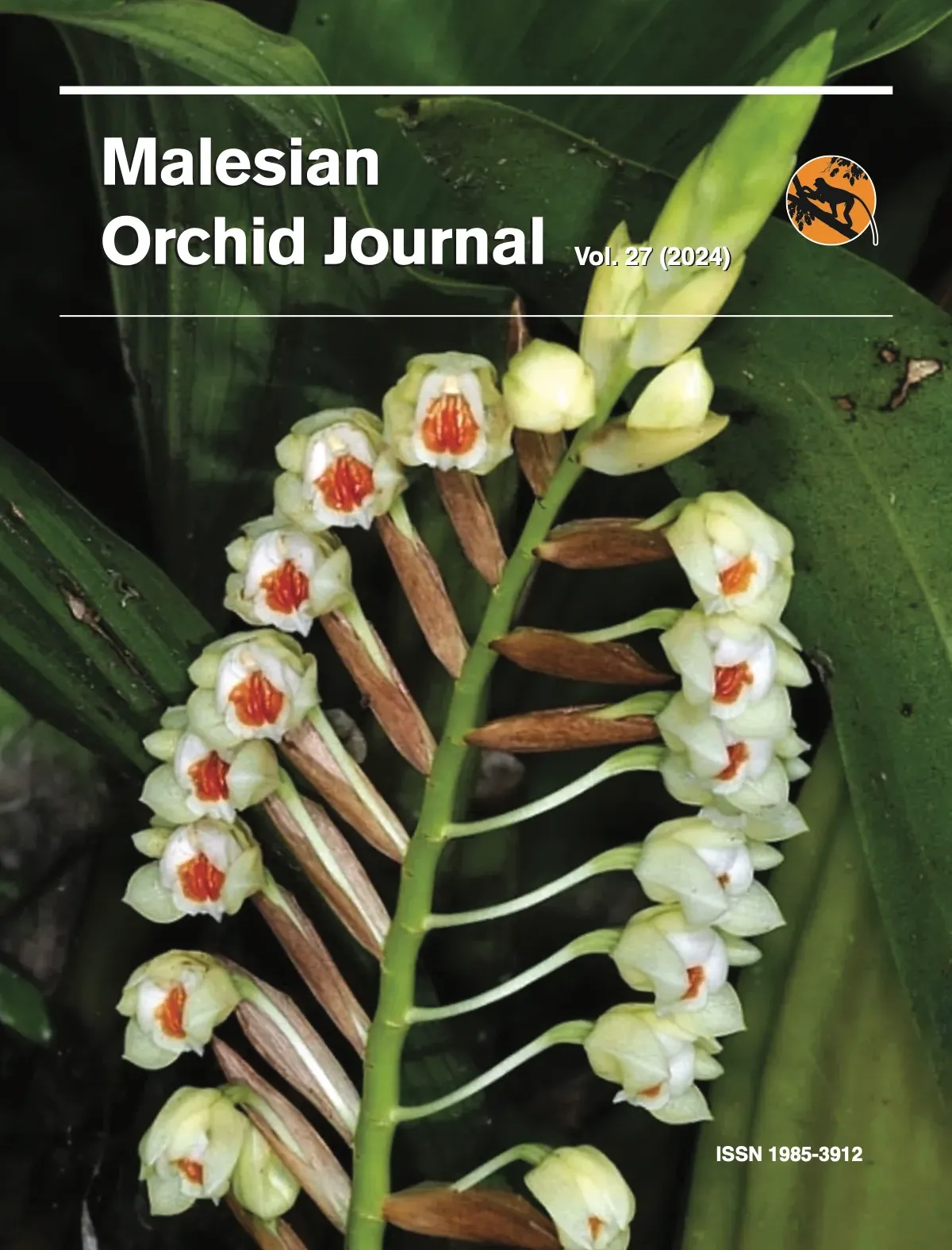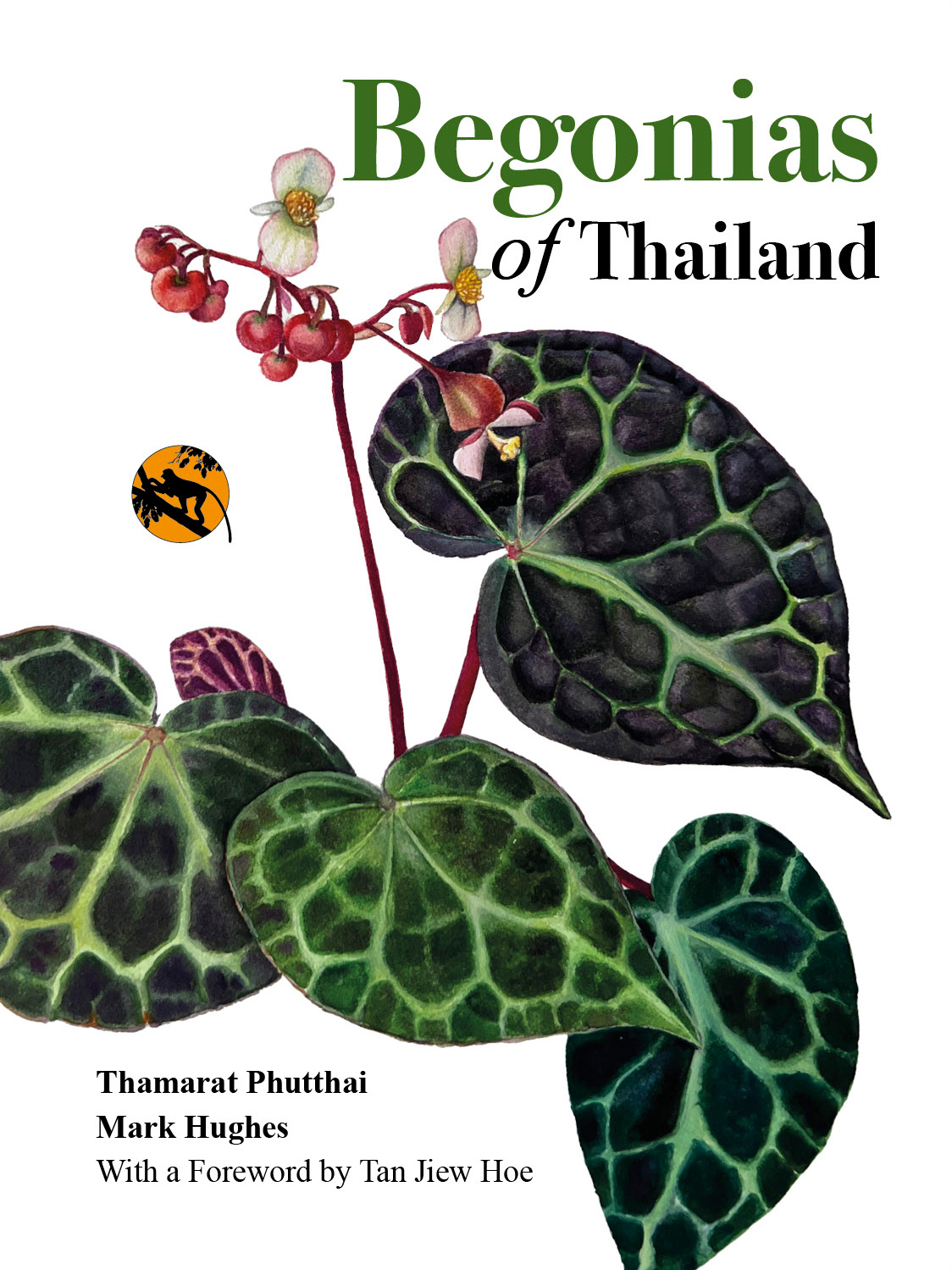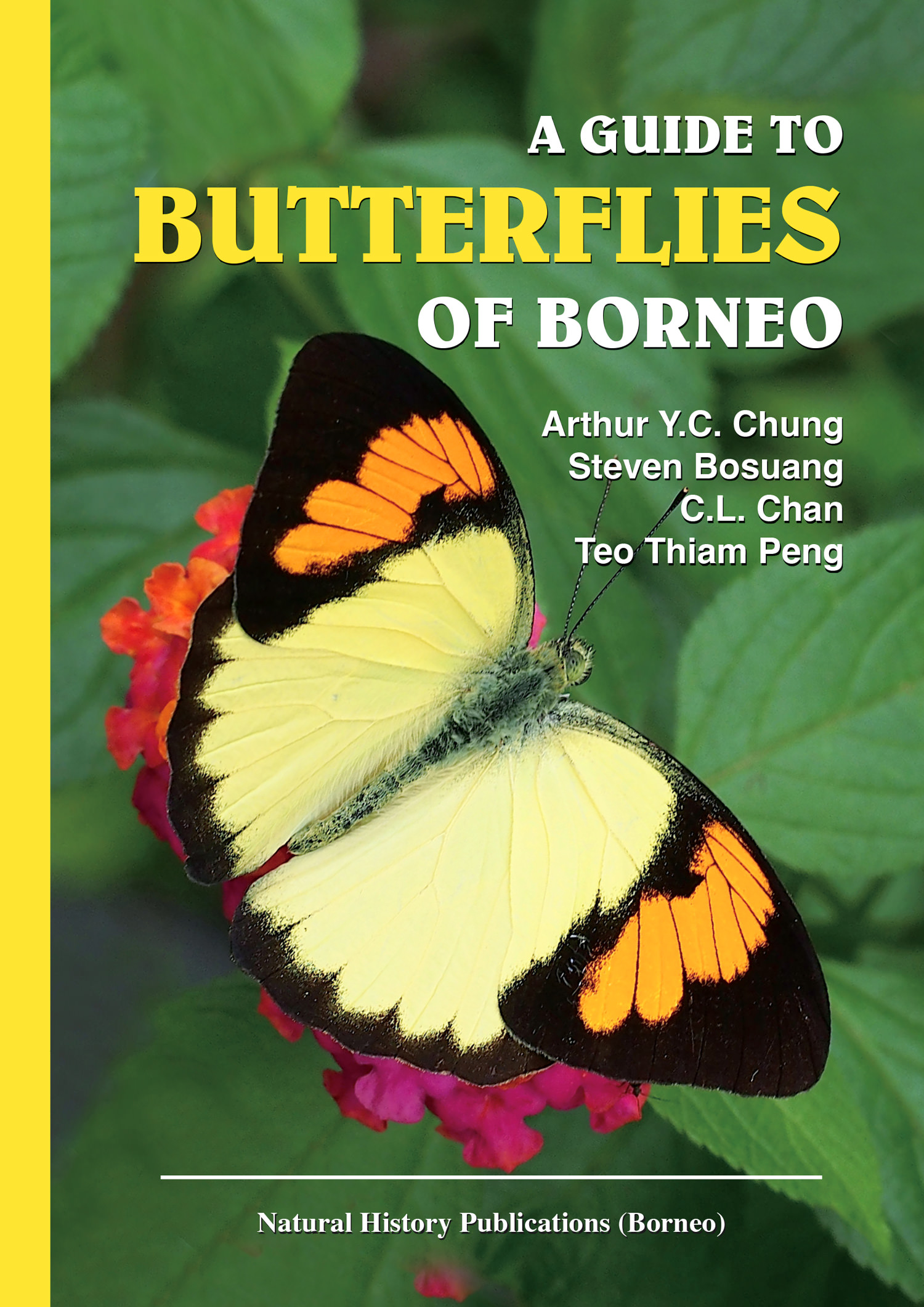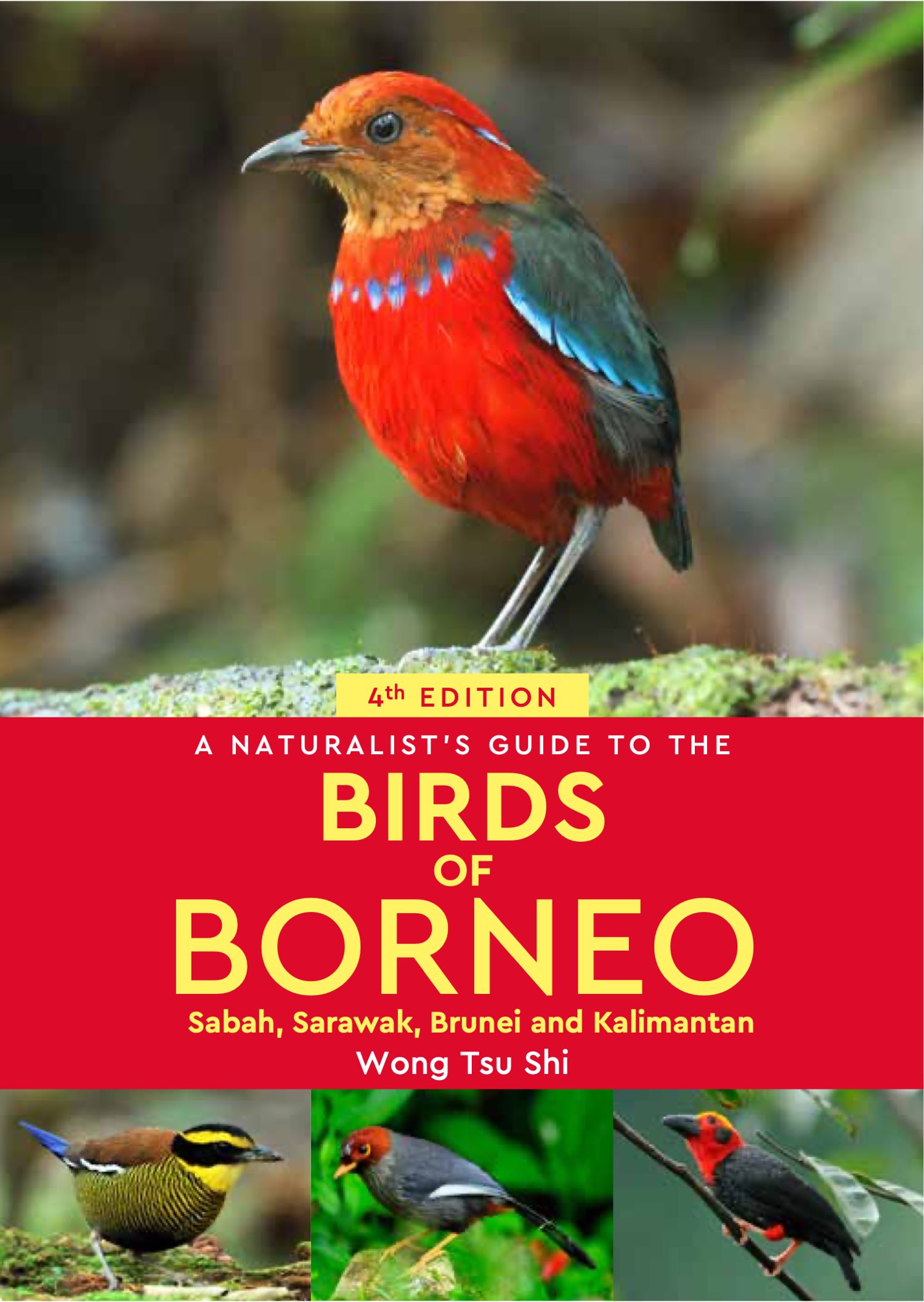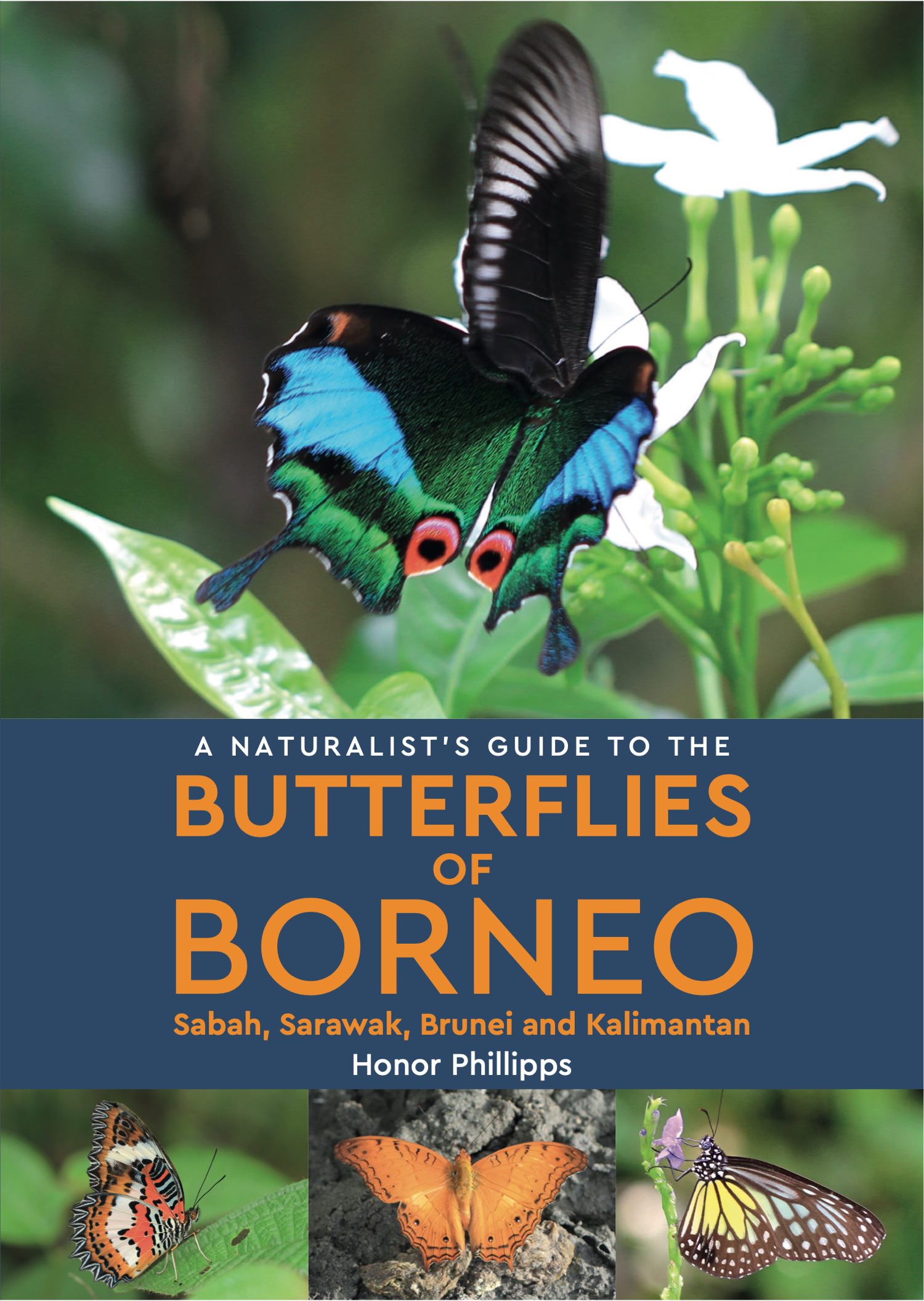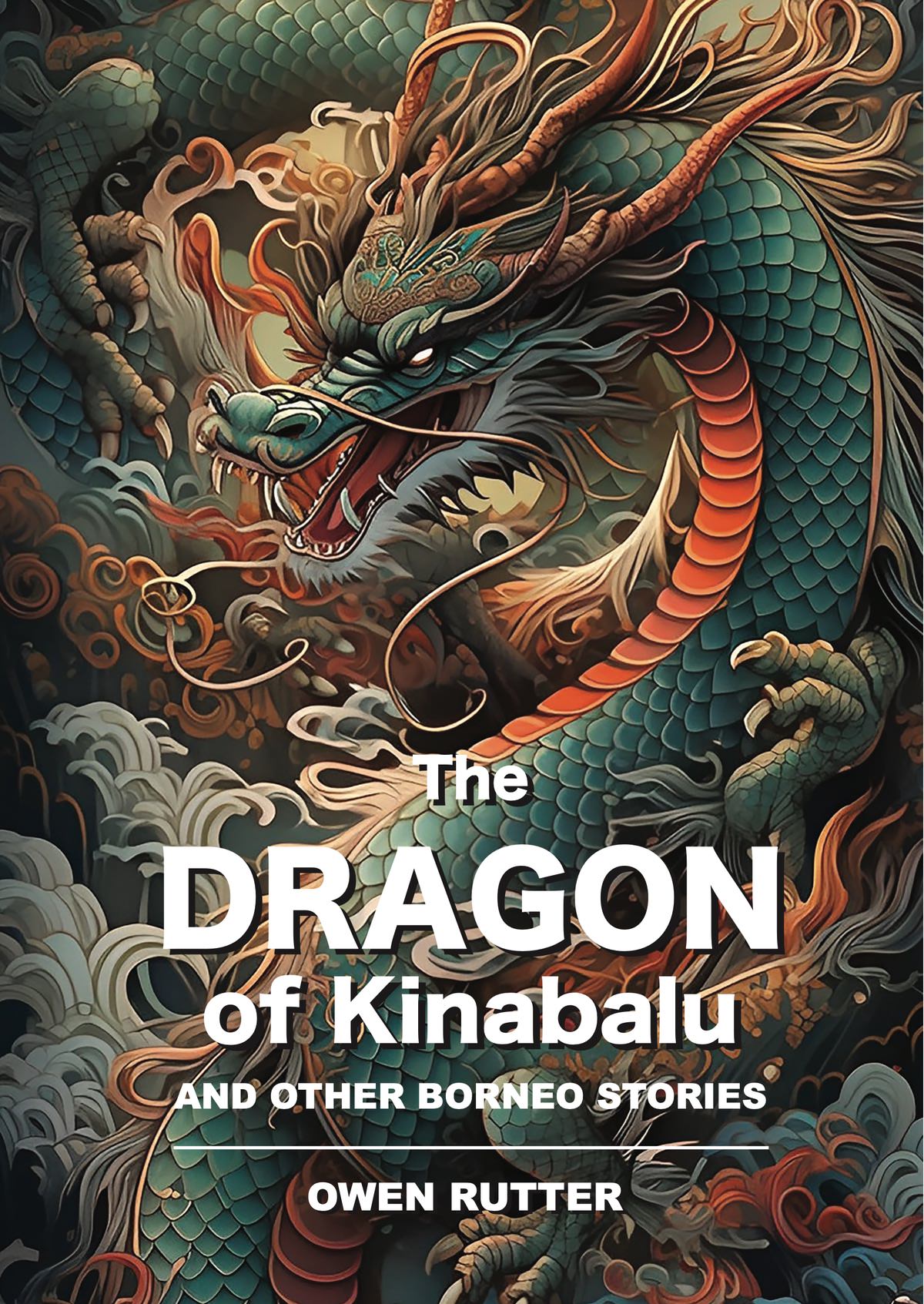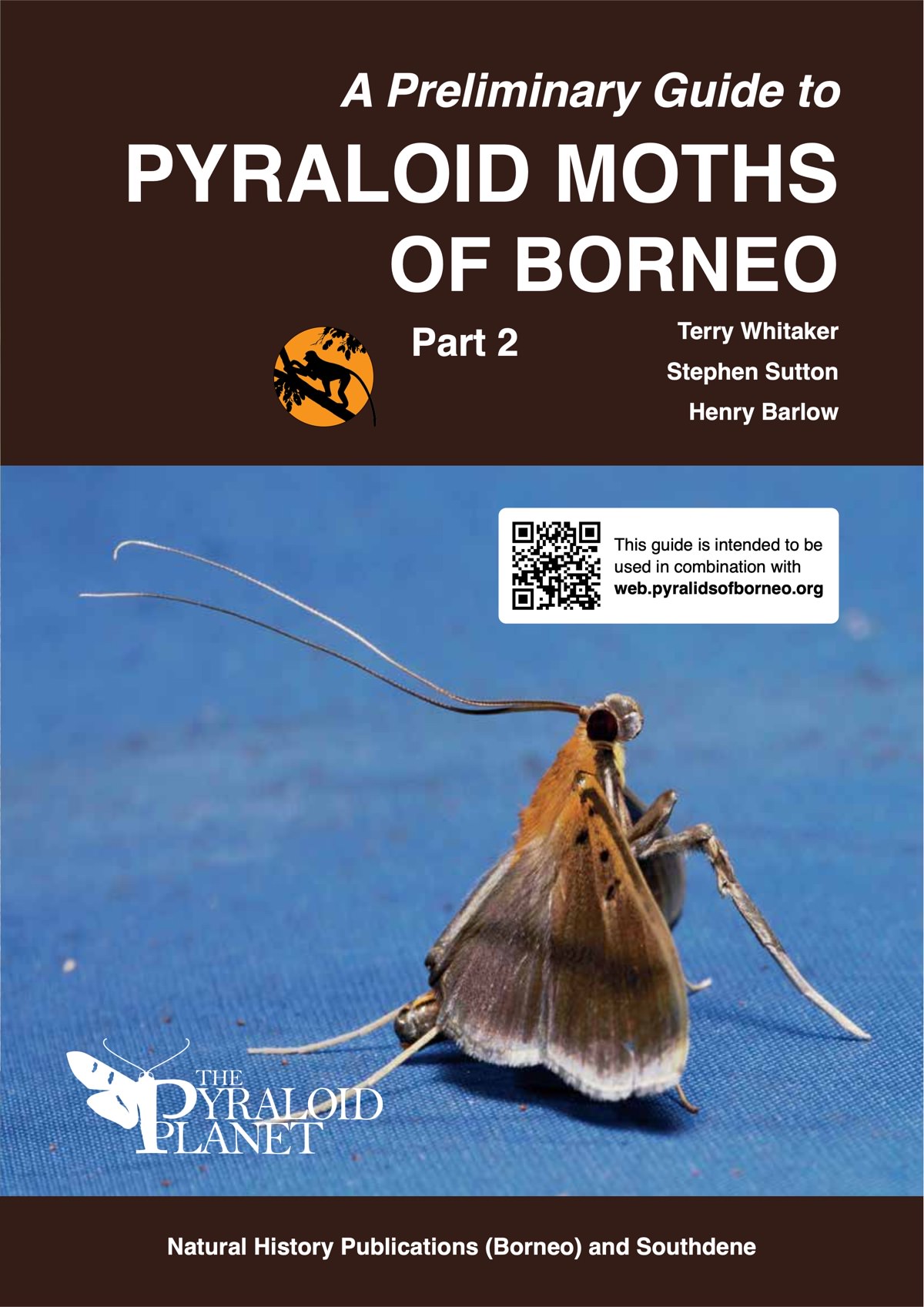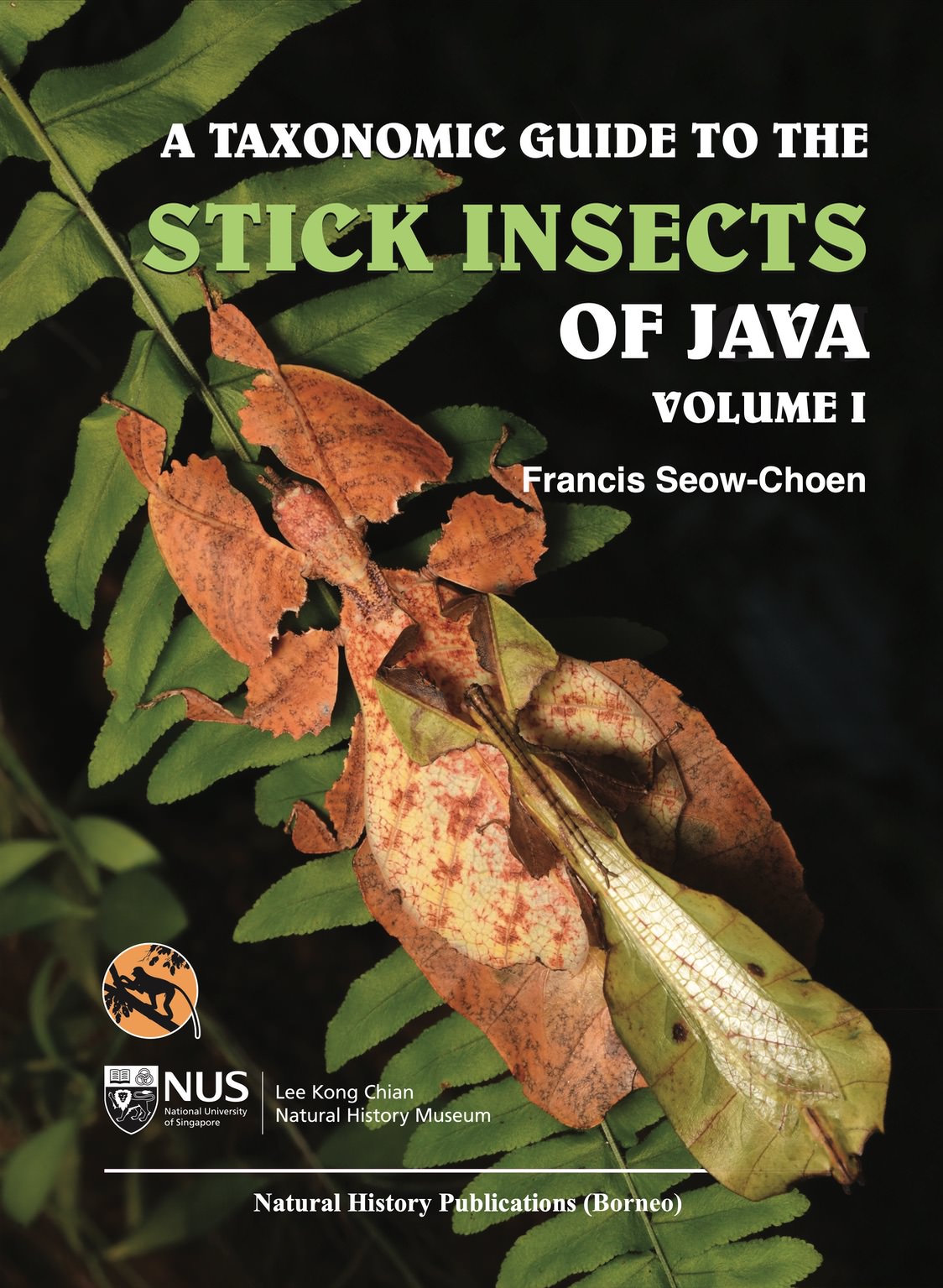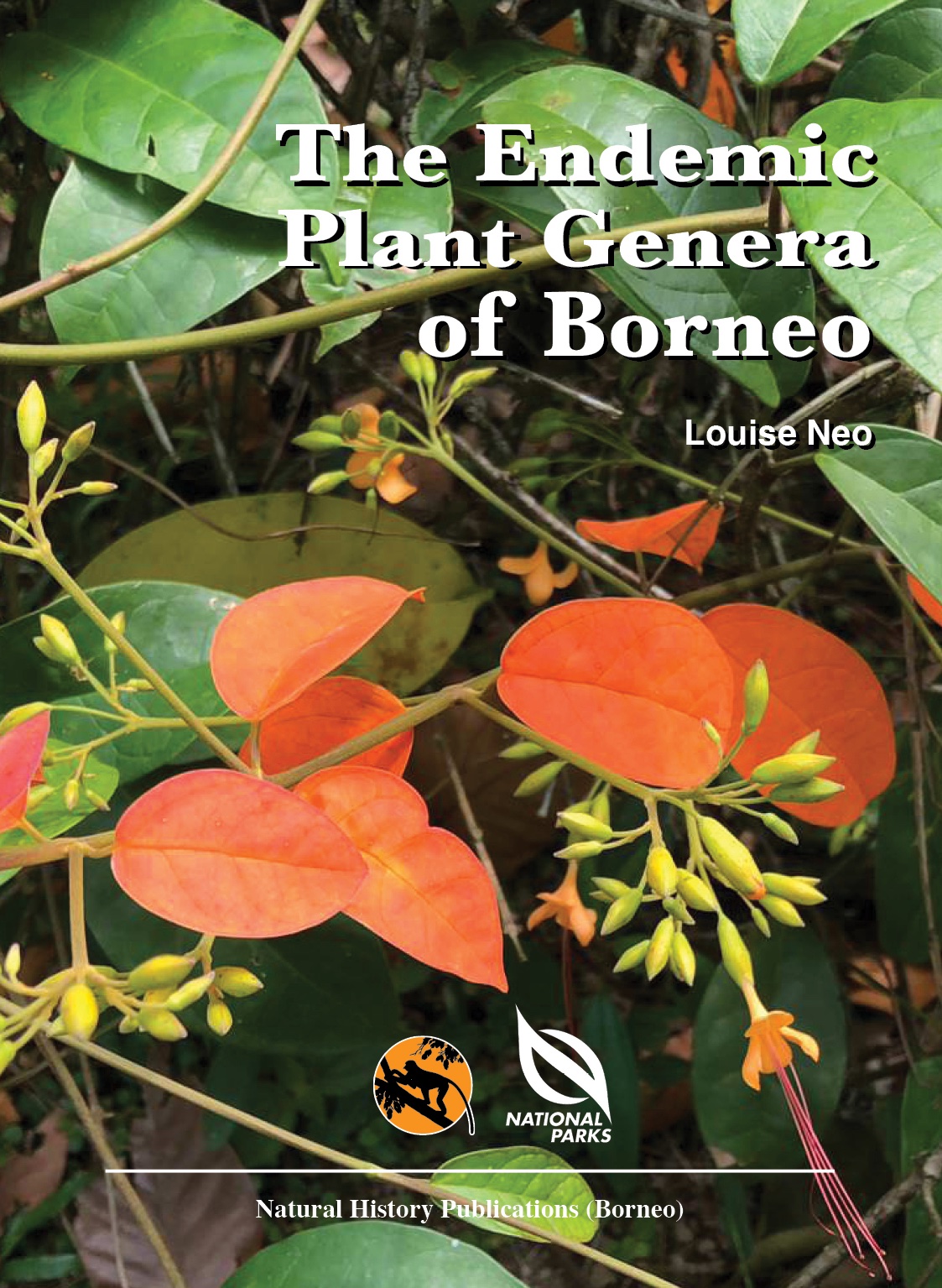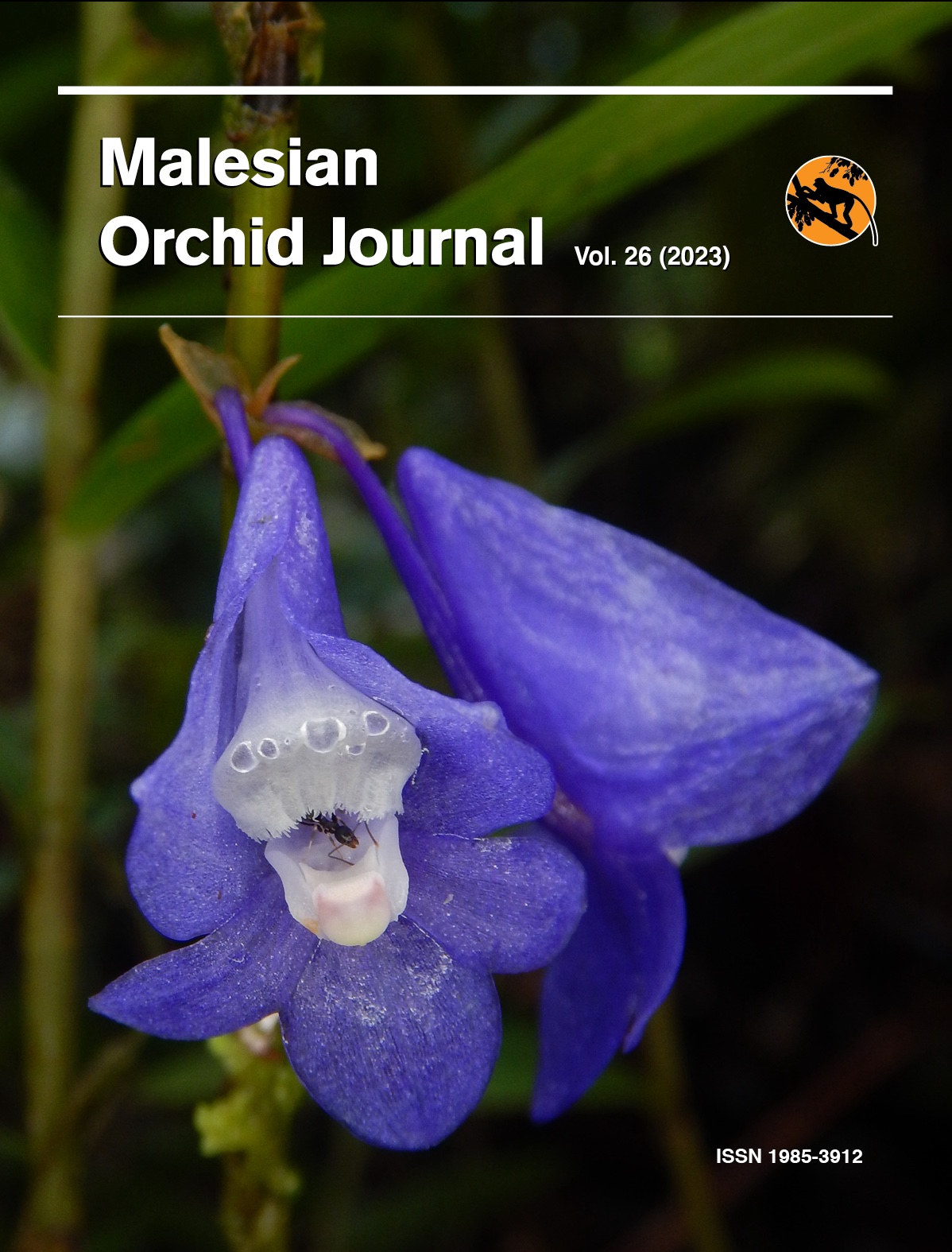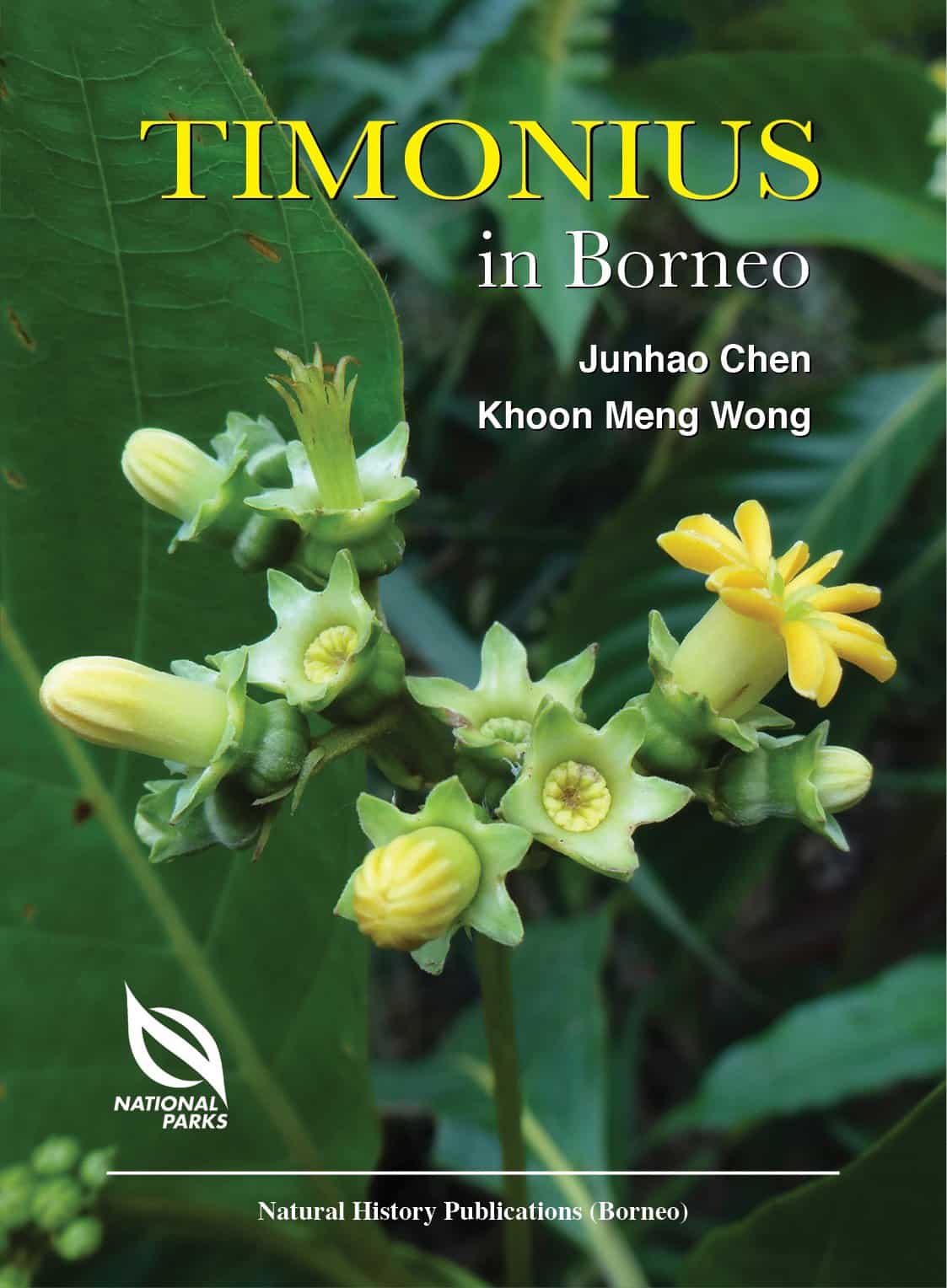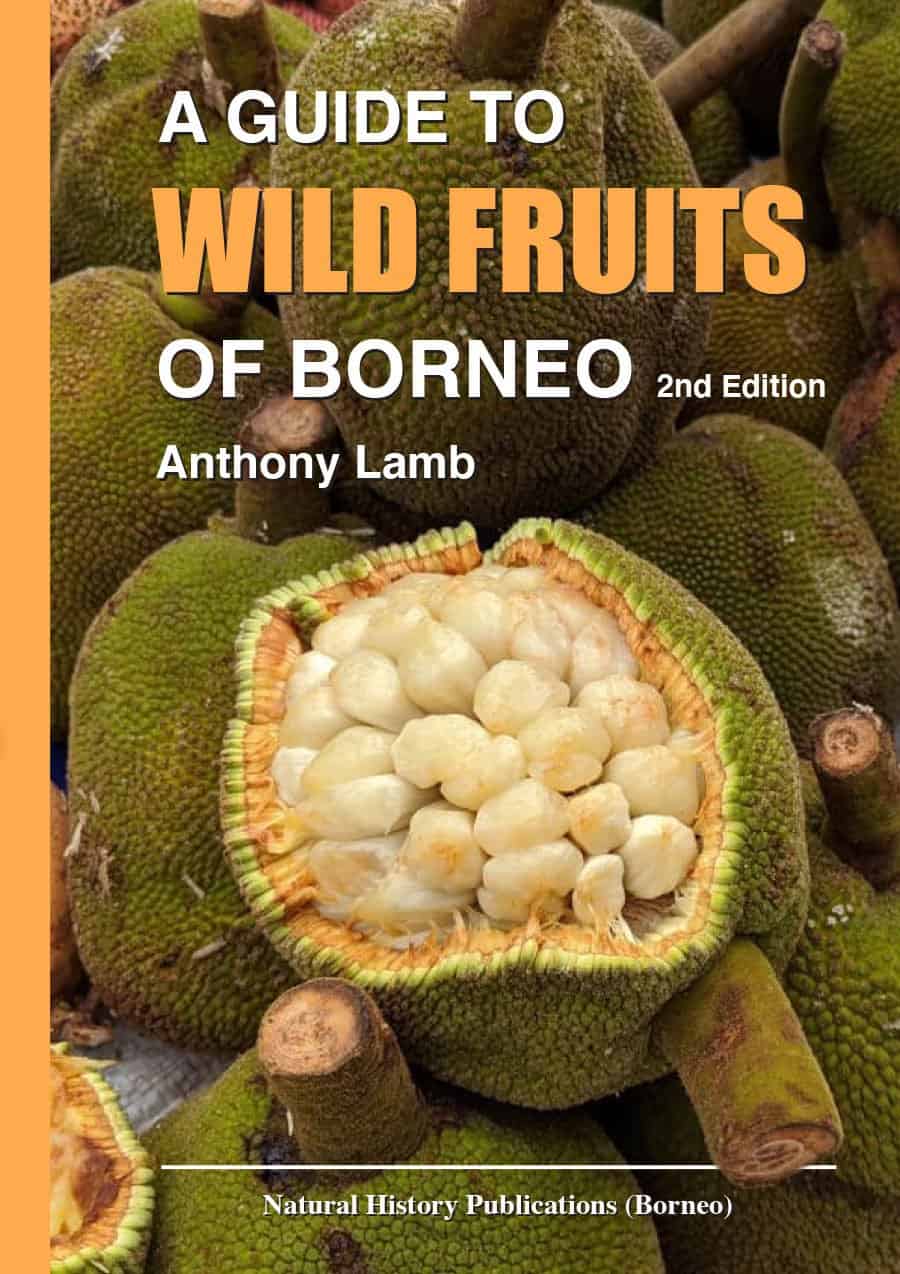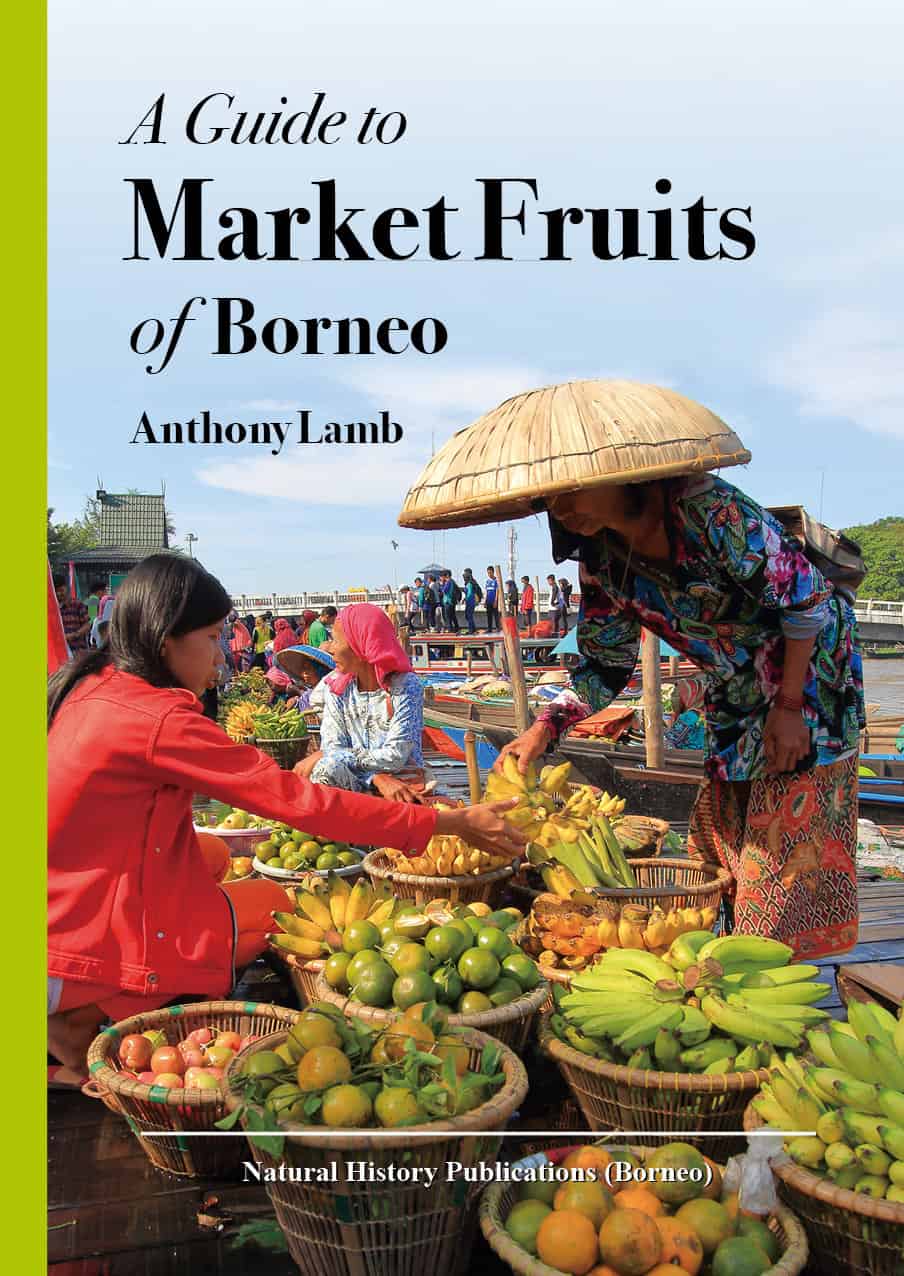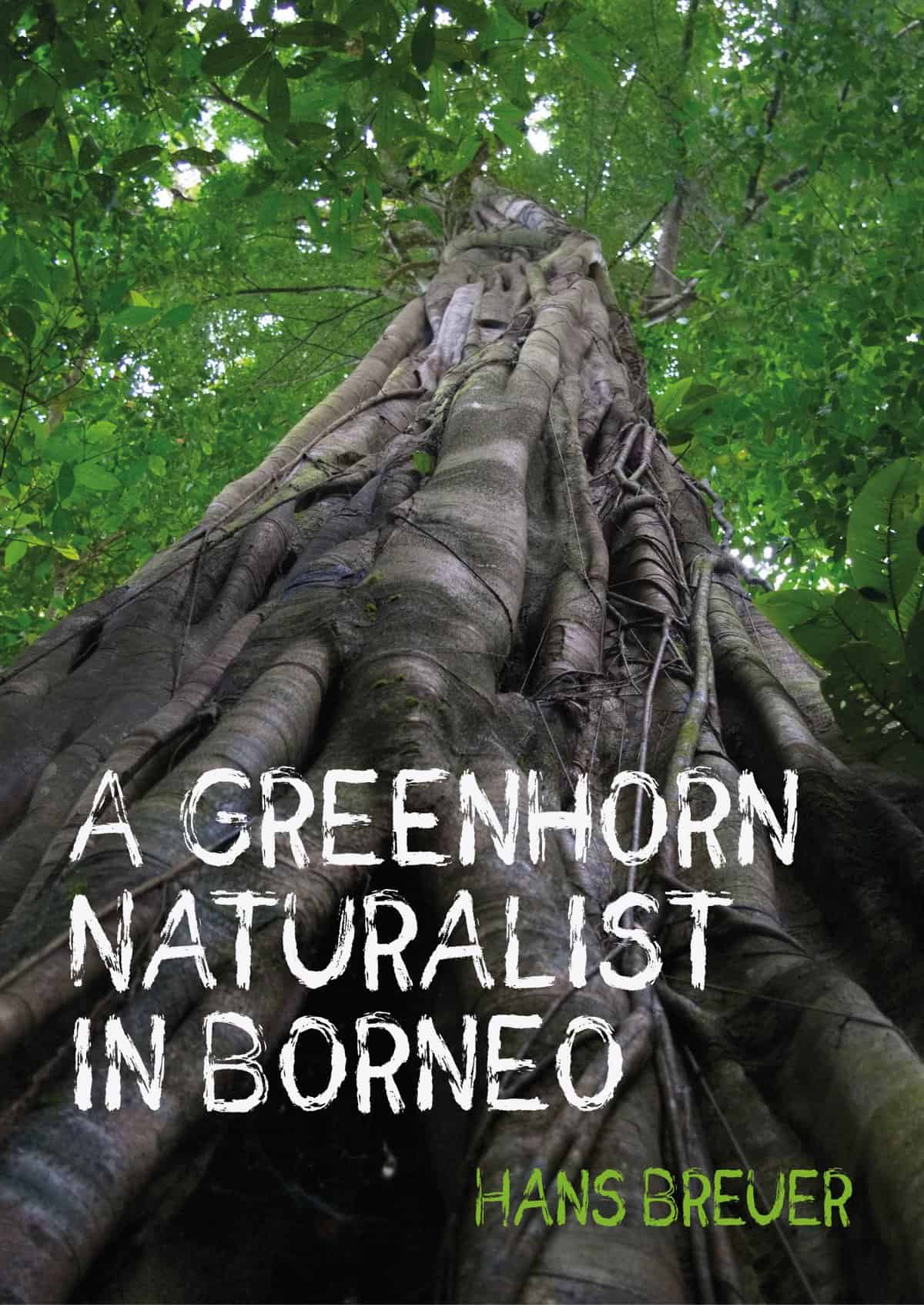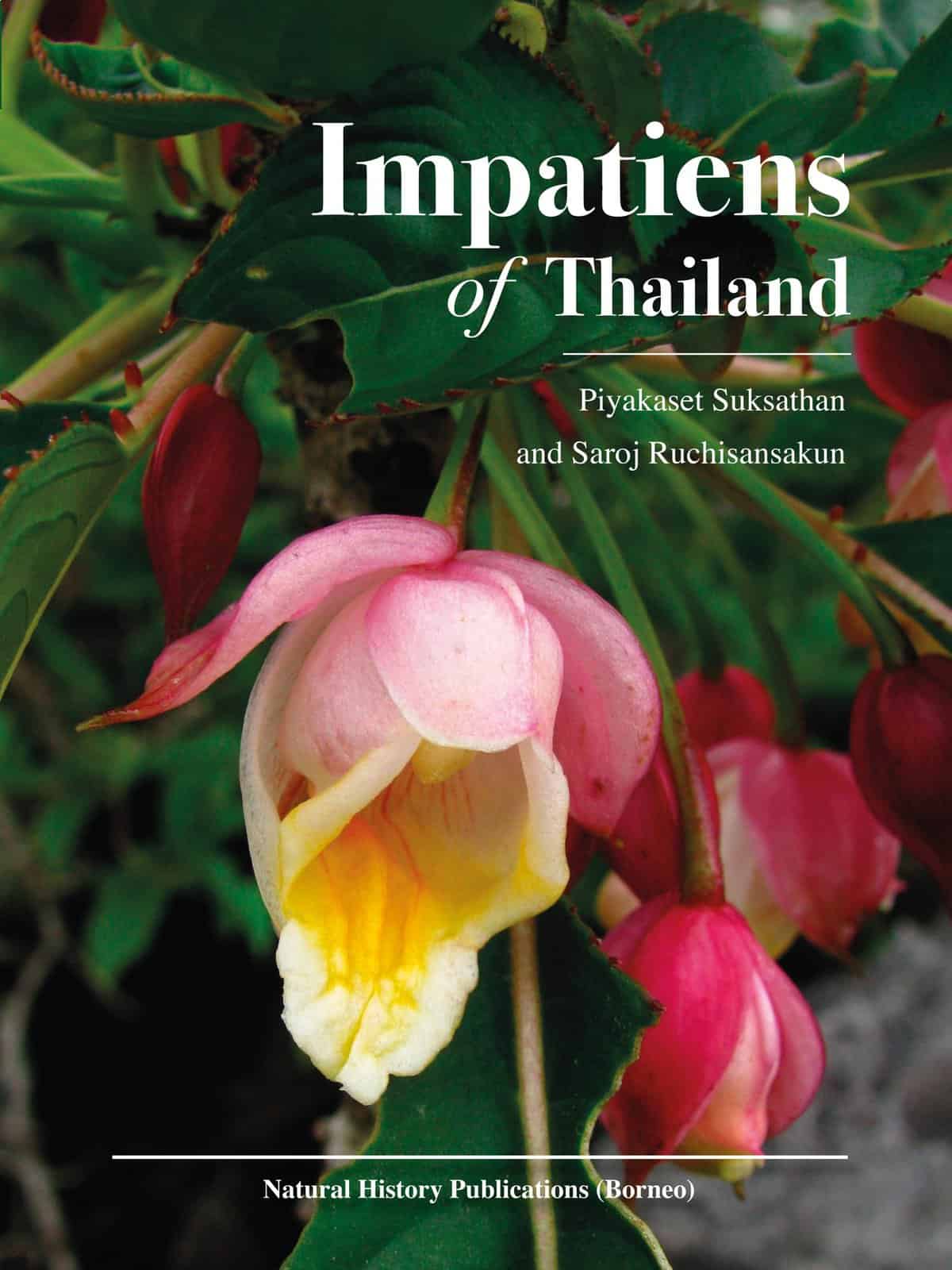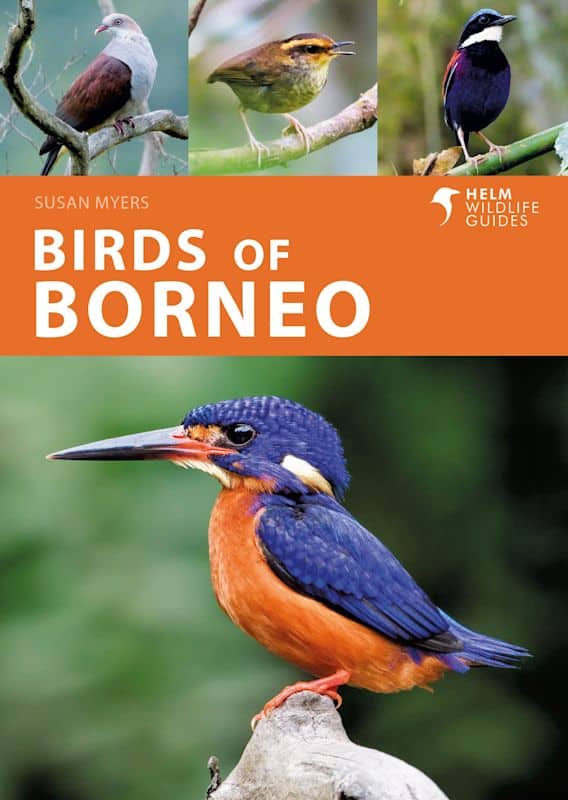This guide covers the edible fruits and nuts found in markets, tamus and roadside stalls in Borneo, that are now both cultivated, or collected from their forest habitats. It does not cover the many imported fruits, that are also sold, though many of these are also now cultivated in the Borneo States.
These cultivated species are found in back-yards in towns and villages, in small orchards on small to large farms, to those planted in and around the villages.
In rural communities, many of the wild species in the surrounding lands or forests, that are in known localities are protected from being felled by the local community, and the fruits when harvested are shared or sold in the markets.
Even in protected forests, nuts such as the chestnuts (berangan) in hill forest, are also collected for sale in local markets or consumed, and only recently is their commercial potential being realised, and they are being brought into cultivation.
In the past, sadly, when wild fruits which were sweet and juicy were found in the forest, the trees were felled for ease of harvesting, such as wild rambutans and pulasans, which has meant that a lot of promising germplasm was lost, and mainly trees with sour fruits is what is left.
Also, with all the recent development of commercial crops such as oil palm, over the last five decades, vast areas of lowland forests have been cleared, and the diversity of fruits subsequently reduced. This is of particular importance since Borneo has been found to be a centre of diversity for a whole range of edible fruits and nuts such as durians, mangoes, mangosteens, rambutans, tampoi (Baccaurea), chestnuts, figs and Xanthophyllum. This diversity gives the potential for breeding and selection of new varieties.
The Governments of the different States in Borneo have now realised that there is this potential, and are now supporting efforts, including joint ventures in providing areas for expanding fruit cultivation to funding, as well as providing marketing and processing facilities for both smallholders and private enterprises, as they realize the vast potential in the export fruits.
The cultivators of fruits and nuts have also set up growers’ associations to pass on information on cultivation. In addition, the Agricultural Departments have now put in efforts to select better clones and varieties that have potential in both the local and export markets. Also, Agricultural Departments have expanded services and training for local farmers. With its vast diversity of fruits and nuts found, Borneo deserves to be known as ‘The Island of Fruits’.
